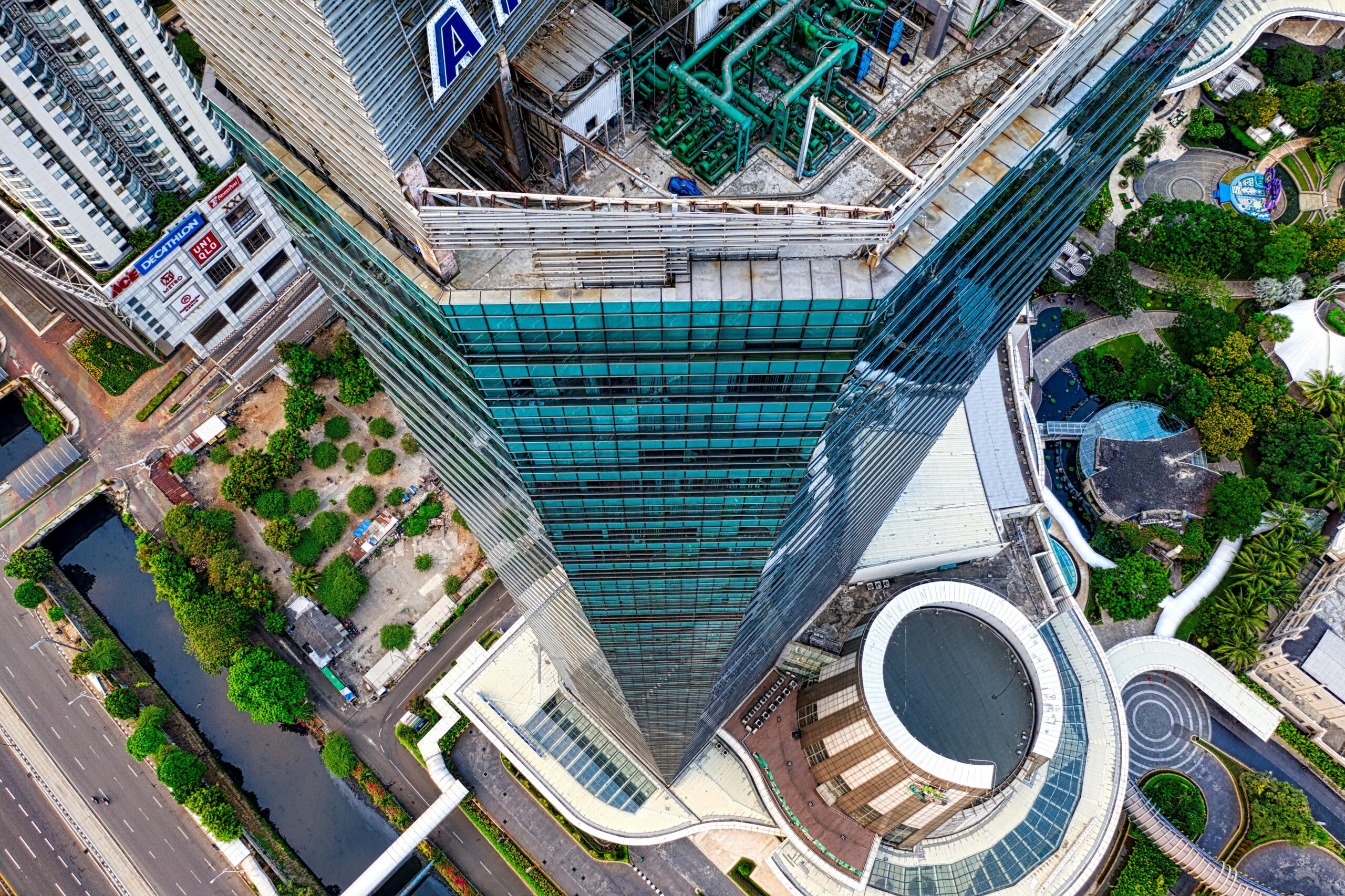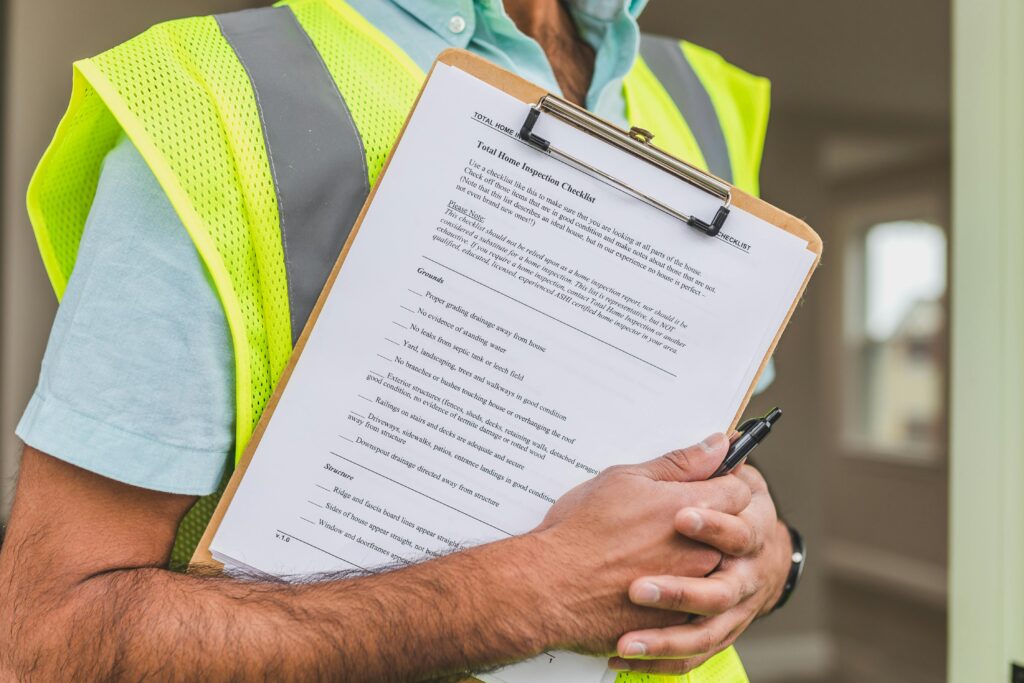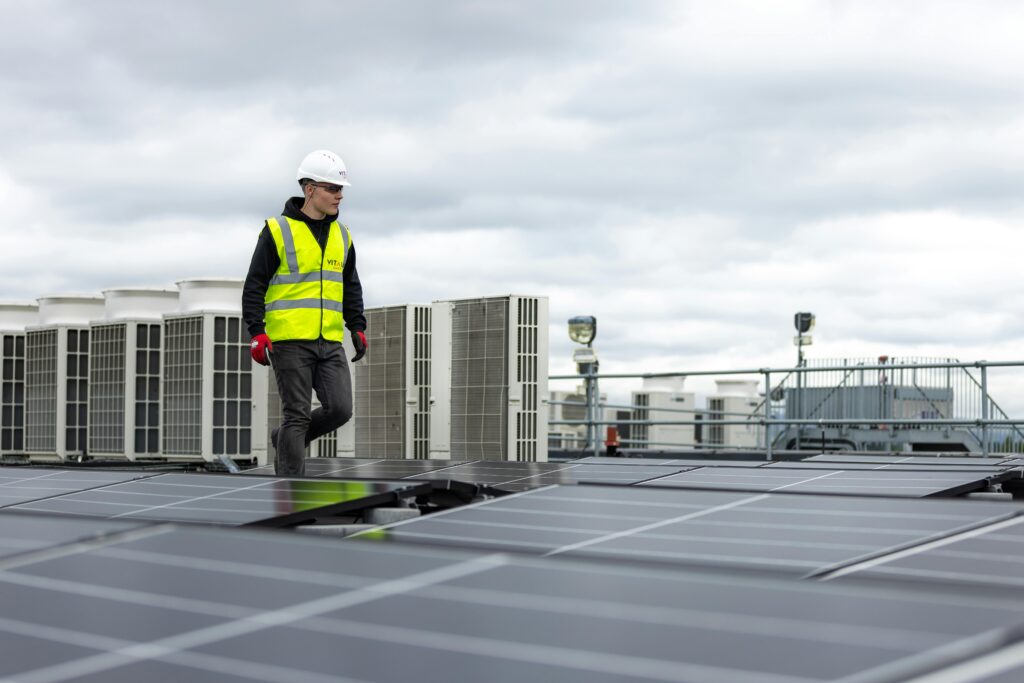Like all types of roofs, flat roofs require regular maintenance and repairs. Flat roofs are most common on commercial and industrial buildings and can be made of different materials. However, no roof is immune from repairs, no matter which type of roofing material you choose.
With the right care, you can protect your roof against common issues and extend its lifespan. Here, we explore flat roofing problems, help you weigh different repair options, and offer tips for flat roof repair and maintenance.
Understanding Flat Roof Repair
Flat roof repair is essential for maintaining the durability and functionality of your commercial roof. Leaks, water damage, and wear and tear are issues that require repairs in flat roofing systems.
Common Issues With Flat Roofs
There are a few issues that tend to be more common with flat roofing systems, depending on the material you have:
- Blistering. Sometimes called bubbling, blistering consists of air or moisture pockets underneath the roof material that typically indicate damage and need to be addressed.
- Leaks. A leaking flat roof, often due to weather damage, material wear, or debris, can lead to interior water damage and a compromised roof structure if not fixed promptly.
- Shrinkage. Roof membranes are subject to shrinkage if they are not properly installed and maintained, which can cause the roof deck to be exposed.
- Standing water. Flat roofs that don’t drain properly may have large, deep areas of standing water that don’t go away. These areas can strain the roof membrane and cause tears or leaks.
- Tears, holes, or punctures. Single-ply membranes are a popular material for flat roofing systems. However, unlike traditional asphalt or metal roofs, these materials are more likely to sustain damage from tears, holes, or punctures, which can lead to water infiltration and decreased energy efficiency.
- Wear from foot traffic. If your flat roofing system sees heavy foot traffic, it’s more likely to wear out faster than a traditional system with minimal foot traffic.
Identifying and Repairing Flat Roof Leaks
Finding the exact location of a roof leak can be challenging. Even if you can see the leak inside your building, this isn’t always the origin of the leak. Water can travel quite a ways before it actually enters your building.
Remember that blistering, tears, holes, or punctures can all cause roof leaks in flat roofing systems, so if you notice any of these signs of damage, it’s time to repair your roof.
It’s best to contact a flat roofing contractor to help you identify the source of the leak and repair it to prevent water damage and protect your roof structure. Attempting to identify a leak yourself can lead to wasted time, frustration, and moisture damage to your roof and your building.
To prevent leaks, have a professional roofer inspect your system twice a year. These inspections can help identify potential vulnerabilities in your roof before they turn into actual leaks, protecting your roof and your property.
Flat Roof Replacement vs. Repair
If your flat roof is showing signs of damage, you may be asking yourself if it’s worth it to repair your roof or if you should consider replacing it.
Repairing a damaged area on a flat roof can save you money in the short term. It’s often quicker than a full replacement and allows you to address minor leaks before they become major problems. However, patching up a flat roof may be a temporary solution for some buildings.
If your flat roof has extensive damage, like significant water entering through multiple points or structural issues, repairs might just put off the inevitable replacement. In such cases, it may be more cost-effective to plan your roof replacement now.
Click to Tweet
Understanding Flat Roofing Systems and Their Maintenance Requirements
There are a few common types of flat roofing materials, but all require regular maintenance.
- Built-up roofing (BUR). This system uses layers of asphalt and gravel to create a durable surface. Although it’s less prone to blistering and shrinking, it’s not immune to leaks or wear from foot traffic.
- Single-ply membranes. These include TPO, PVC, and EPDM. Affordable, lightweight, and attractive, these systems are more prone to tearing, blistering, and shrinkage but, with regular maintenance, can last for many years.
- Green roofing systems. Also called live roofing systems, these roofs use a special membrane to support a substrate for live plants and trees. They can last for decades, but the membrane will require maintenance to prevent leaks.
No matter which material you choose, scheduling regular maintenance for your roof is imperative to prevent costly repairs or premature replacement.
Click to Tweet
Hiring a Flat Roof Contractor for Repairs and Maintenance
Whether your flat roof needs an inspection or a few repairs, it’s crucial to find the right professional. Here are a few tips to help you find the best flat roofing contractor for repairs and maintenance:
- Look for a local, licensed contractor who has experience with your type of roofing material.
- Get a written estimate and review the details before consenting to any work on the roof. Remember, cheaper isn’t always better when it comes to your commercial roofing system.
- Evaluate their communication style–the right contractor should clearly explain your options, answer your questions, and document any damage on your roof.
Choosing a professional roofing contractor is key because their work will impact not only the quality of repairs but also future maintenance requirements.
Click to Tweet
FAQs About Flat Roof Repair
What is the best way to repair a flat roof?
Unless you’re a commercial roofing contractor, repairing a flat roof is best left to the pros. Your commercial roofer will locate the damaged areas, efficiently repair them, and leave your roof more protected against the elements.
How much does it cost to fix a flat roof?
Flat roof repairs can vary widely in cost. The cost depends on the extent of the damage and labor costs. Generally, the more damage your roof has, the more it will cost to fix.
What is the best treatment for a flat roof?
Maintaining your flat roof with a maintenance plan is the best treatment. Maintenance plans include regular inspections, swift fixes for minor issues, and more extensive repairs or maintenance when needed.
What is the best material to repair a flat roof?
It depends on your existing roofing material and the damage. Your commercial roofer will evaluate your roofing system to determine the best materials to fix the damage and protect your building.
Get an Estimate for Flat Roof Repair
If your flat roofing system is in need of repair, don’t wait to contact a commercial roofer. CDS Roofing is your local roofing company specializing in commercial and industrial roofing systems. Contact our team today to get a free estimate for roof repair and prevent further damage to your system!




